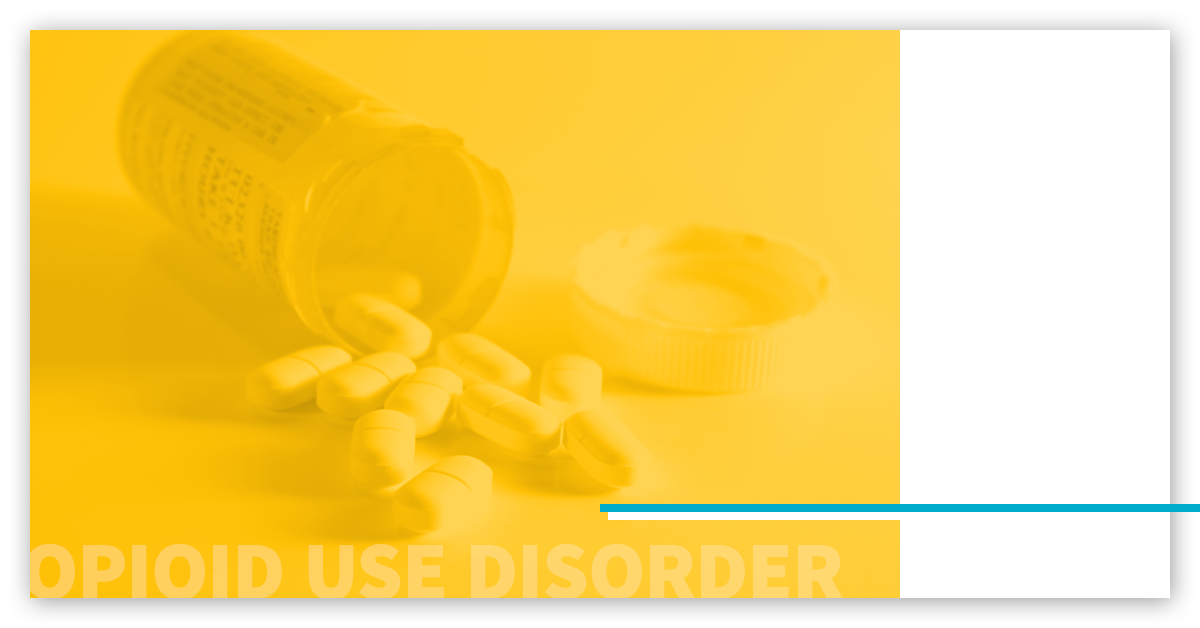What is Opioid Use Disorder?

LISTEN TO THIS ARTICLE:
It starts out innocently enough. A bout of back pain leads to a prescription for a oxycodone or some other opioid pain reliever. The back gets better halfway through the bottle. You finish it anyway because you feel good taking it. When your prescription runs out, you ask the doctor for another—just in case you need pain relief again. She refuses your request for a refill.
You remember that your dad took painkillers after his hip replacement. You visit your parents’ home with an eye to the medicine cabinet. Dad offers them to you since he’s feeling fine. So you take them (with permission you weren’t going to ask for anyway).
When dad’s supply runs out, you decide to find a new physician and start again—with a new pharmacy, too, while you’re at it. Maybe you even go to the gym and purposefully hurt your back—just enough to convince a new doctor you’re in real pain. When you go to the appointment, you bring some extra cash because you’re getting so desperate that you’ll buy a script if you can.
Eventually, the supply chain tightens up. Bad timing, too, because now you’re so dependent on opioids that you can’t stop or function without them. You’ll do anything to avoid the sickness that descends when you run out of medication.
With all other options exhausted, you start searching for heroin because it’s cheap, potent, and available—danger be damned.
It’s become a common American narrative. In 2014 alone, a version of this story played out in more than 10 million lives—people using prescription opioids without a prescription. Not for medical reasons, but for the abject necessity of the high. The users aren’t morally bankrupt or incurable thrill-seekers. They have an Opioid Use Disorder (OUD).


 Learn
Learn ID Symptom
ID Symptom Find Help
Find Help